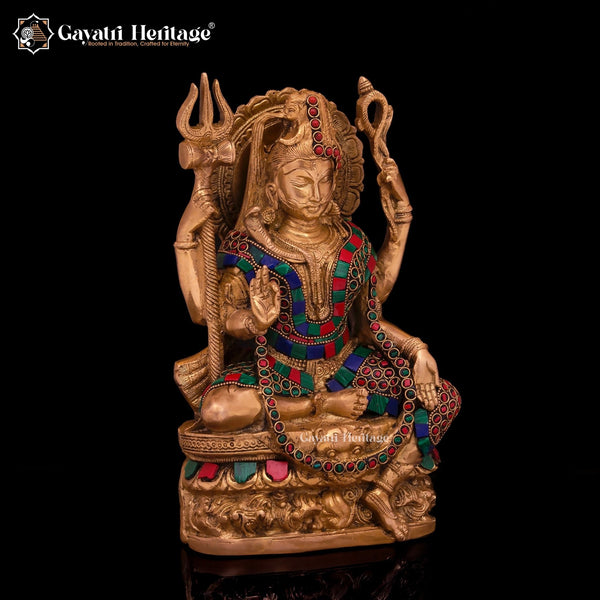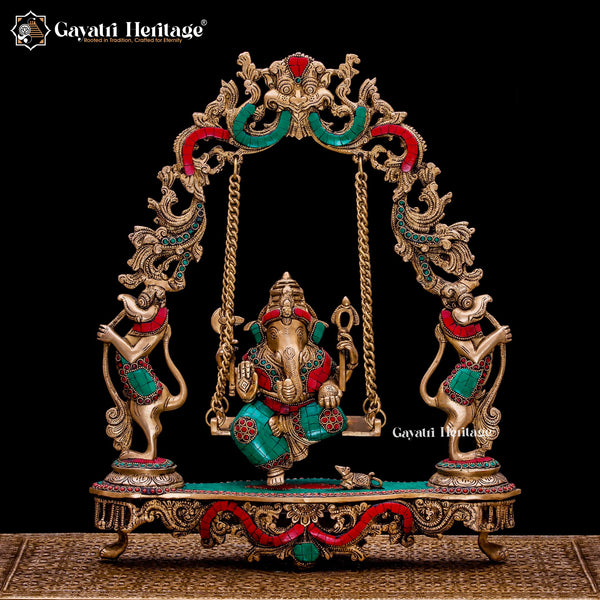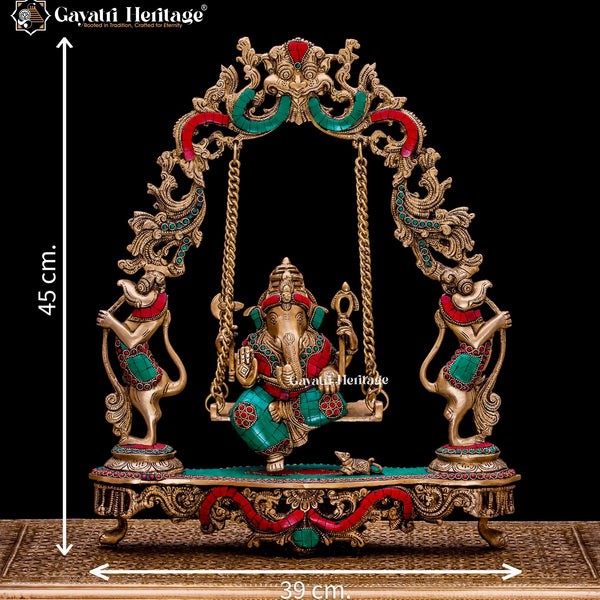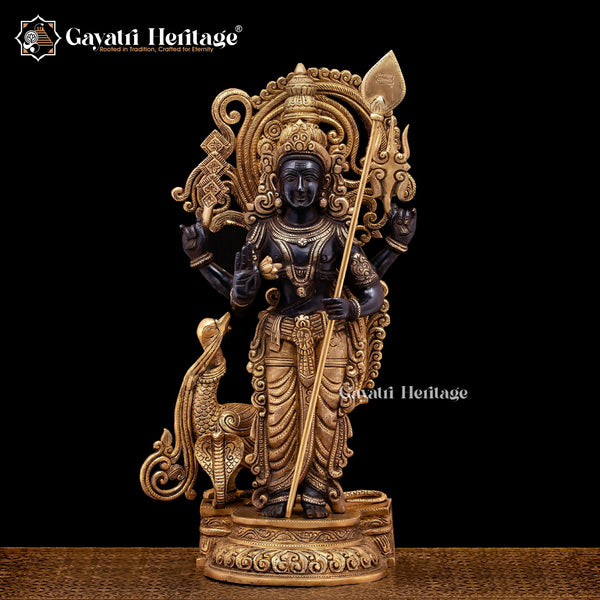Lord Shiva, revered as the Adi Yogi (the First Yogi), is a central figure in spiritual traditions around the world. As the originator of yoga and profound spiritual practices, Shiva embodies supreme wisdom, yogic power, and enlightenment. In this blog, we explore the deeper significance of Shiva’s teachings, focusing on his role as the Adi Yogi, his symbolic representations, and the lasting impact of his practices on yoga and spirituality.
Shiva's Role as the Adi Yogi
Shiva is often referred to as the Adi Yogi, meaning the first yogi who imparted the knowledge of yoga to the Saptarishis (the seven great sages). This knowledge was not just about physical postures, but about the entire science of life, consciousness, and spirituality. Yoga in its true form was revealed by Shiva to aid humans in their journey towards self-realization and liberation.
Shiva is considered the first teacher of humanity in many spiritual traditions. His teachings are believed to be the foundation of the many yogic paths that exist today, including Hatha Yoga, Kundalini Yoga, and Raja Yoga.
Teachings of Shiva
Shiva's teachings, deeply rooted in spirituality, go beyond the physical realm and offer profound insight into mental and spiritual transformation. The Shiva Purana, one of the most important Hindu texts, records his teachings, explaining the essence of meditation, self-discipline, and the path to inner peace. According to these teachings:
- Detachment: Shiva emphasizes the importance of detachment from worldly desires as a step towards true spiritual liberation.
- Meditation: The practice of meditation under Shiva’s guidance helps in realizing the oneness of the soul with the universe.
- Balance: Through his form as Nataraja, Shiva exemplifies the balance between creation and destruction, symbolizing the cyclical nature of the universe.
These teachings continue to inspire millions of yogis, mystics, and spiritual seekers around the world today.
Shiva in Hindu Texts: Proof from the Shiva Purana
In the Shiva Purana, Lord Shiva is described as the supreme being who transcends all dualities. The text states:
Sanskrit Shloka:
"न हि देवा न यक्षाणां न दानवगणानाम्।
कश्चिद्भस्मशिवं यान्ति जपक्षेत्रं प्रचेतसः॥"
English Translation:
"Neither gods, nor demons, nor any beings, are capable of attaining the ultimate reality, except those who practice intense meditation under the guidance of Shiva."
This verse illustrates how only through devotion and meditation, can a devotee achieve spiritual enlightenment. The verse reinforces Shiva’s role as the supreme spiritual guide and Adi Yogi.
Shiva's Symbolism in Yoga
Shiva’s form as Nataraja, the cosmic dancer, is one of the most powerful symbols in yogic traditions. The dance of Shiva, known as the Ananda Tandava, signifies the cosmic cycles of creation, preservation, and dissolution. It illustrates the eternal cycle of life, death, and rebirth, a core concept in yoga and spirituality.
The third eye of Shiva symbolizes his ability to perceive beyond the material world. It represents higher consciousness and the awakening of the inner vision. This "third eye" is an essential concept in various yogic practices, particularly those focusing on meditation and awakening the higher self.
Shiva as Guru: Teacher of Yoga and Liberation
Lord Shiva is regarded as the ultimate Guru (teacher). His teachings are the essence of true yoga. He shared his wisdom with the Saptarishis, who later passed on the knowledge to the rest of humanity. These teachings emphasize the liberation of the soul, the awakening of the inner energy, and the transcendence of the material world.
In the Bhagavad Gita, Lord Krishna, an incarnation of Vishnu, speaks of yoga as the means to attain liberation, which reflects the teachings of Lord Shiva as the Adi Yogi. The yogic paths outlined by Shiva were designed to help people control their mind, body, and soul, guiding them towards enlightenment.
Conclusion: The Timeless Wisdom of Lord Shiva
The teachings of Shiva, the First Yogi, remain a timeless guide for seekers of truth, knowledge, and spiritual awakening. His principles of detachment, meditation, and balance form the foundation of many modern-day yogic practices. As the ultimate Guru, Shiva continues to inspire millions, reminding us that true yoga is not just about physical postures, but about aligning the body, mind, and spirit with the cosmic rhythms of the universe.
Explore Shiva’s wisdom, embrace his teachings, and embark on a journey toward inner peace and liberation. Stay connected with Gayatri Heritage for more insights on spiritual growth, timeless traditions, and powerful teachings that transcend generations.




























































